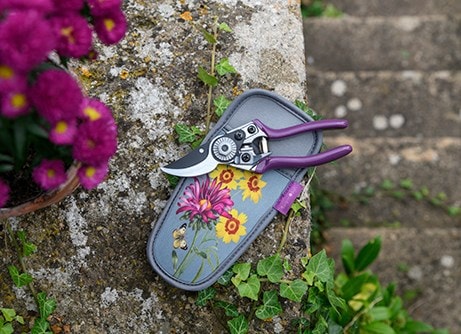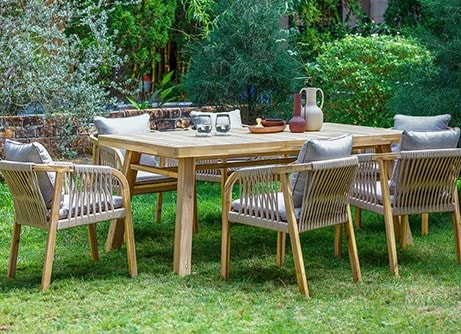This much-loved variety is a staple on the supermarket shelves, but its sweet and juicy apples are so much tastier (and usually larger) when they are home-grown. A mid- to late-season apple with a yellow skin, flushed and striped with red, the juicy, cream flesh has a rich flavour, which makes them delicious when eaten straight from the tree, or when used for juicing. It has attractive pink and white blossom, though is not self-fertile so will require a partner from pollination group 4 such as ‘Laxton’s Superb’, ‘Lord Derby’ or ‘Golden Delicious’.
Pollination information: This apple belongs to pollination group 4, so you will need to plant one other different variety of apple to guarantee cross-pollination, and a subsequent bumper crop. Ideally this should come from the same pollination group, however it is possible to use one from group 3 as well.
How to care for apple Gala:
When planting your apple tree, prepare a hole up to three times the diameter of its root system. Fork over the base of the pit in readiness, incorporating plenty of organic matter into the backfill and planting hole. Place the plant in the planting hole and carefully refill, firming the soil around the roots to eliminate air pockets. Insert stake at this point if required.
Avoiding frozen and waterlogged soil, trees should be planted out as they arrive. If you've ordered a bare root tree, soak the roots in a bucket of water for half an hour prior to planting - or if this is not possible, they can be heeled in temporarily, covering their roots with soil, or potted up.
Keep the base of the tree weed free, fertilise at the beginning of each year water regularly during hot, dry spells.
The main prune should be done in the winter as long as it isn't frosty or freezing. Take out the 3D’s (dead, dying and diseased wood) and create an open shape. Then reduce the leaders back by a third. Aim to create an airy structure without any crisscrossing branches.
In August summer prune. Shorten any side shoots (or laterals) which are longer than 20cm back to three leaves. This will allow the sun to ripen the fruit and encourage more fruit buds. Make sure that the growth you’re cutting away feels firm to the touch.









